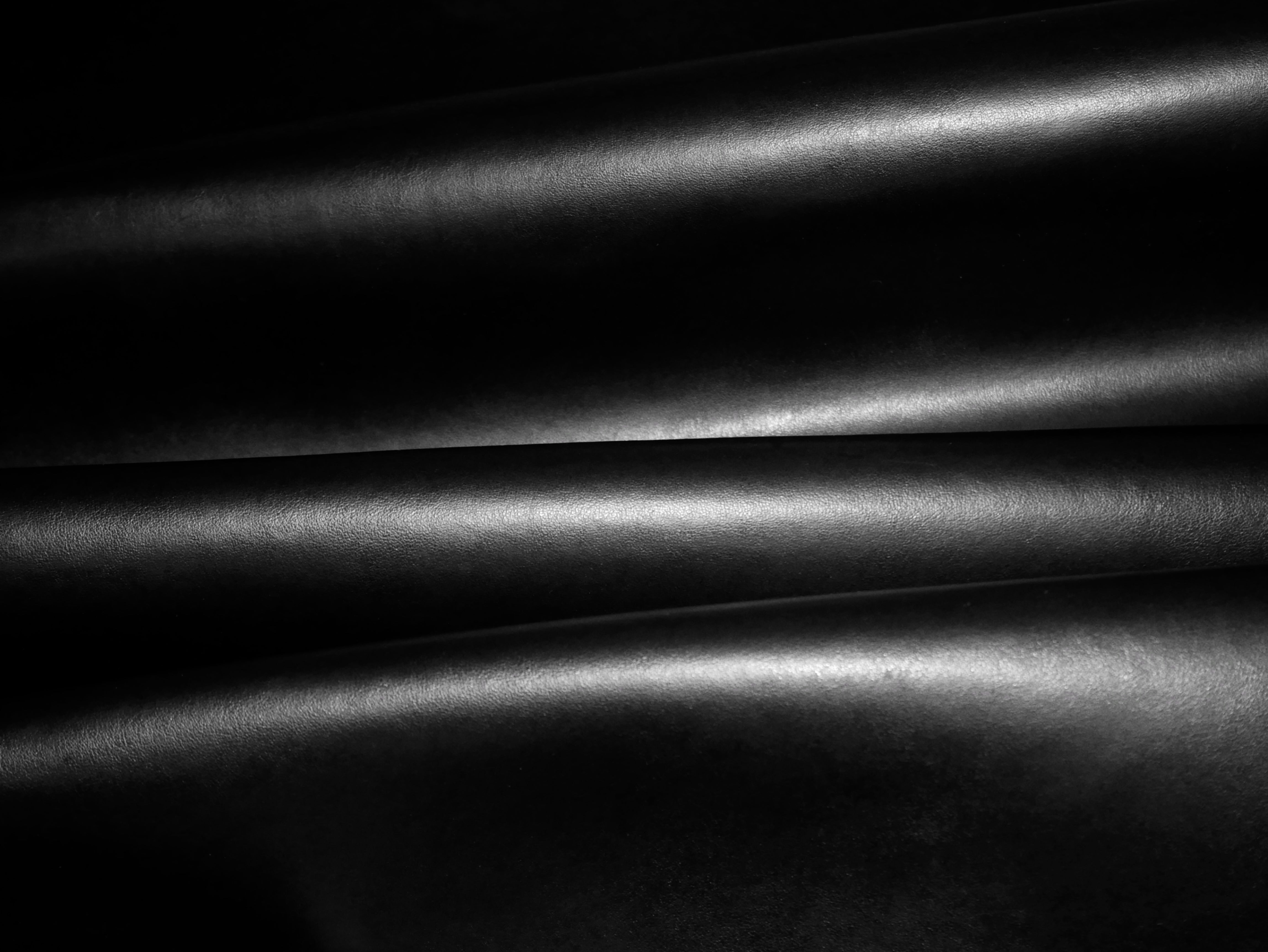Materials
Leather alternative
MIRUM
When choosing materials for our products, I knew one thing was non-negotiable: the feel. People love leather for its look and feel, and I wanted to maintain that familiarity. That’s why I chose MIRUM®, the leading plant-based, plastic-free leather alternative.
Ingredients: 100% natural
- 43% natural rubber
- 23% mineral fillers
- 13% plant oils
- 14% cotton backer
- 4% natural pigments
- 2% patented plant-based curative
Performance & Features:
- Validated through industry-standard tests to resist wear, maintain flexibility, and preserve color over time.
- Pigments are part of the material itself, eliminating the need for a topcoat and ensuring it won’t peel.
Certifications:
- USDA 100% Bio-based
- OEKO-TEX Standard 100 – Non-toxic
- FSC rubber
- PETA approved
- GOTS cotton backing
- LCA – Low carbon
- & more
Made in: USA
Production
Small Leather Goods
Our first collection of small leather goods was crafted in London, in one of the last remaining ateliers in the city.
The atelier is owned by Jana and operated by an all-women team. It’s been incredibly rewarding to collaborate with them, knowing that the money supports skilled women in the local economy.
Being just 30 minutes from the factory has been a huge advantage. There’s something special about seeing the product come to life each week, knowing it’s being made nearby — it creates a real sense of connection!
Handbags
As you probably know, we’re working on two handbags — a shoulder bag and a pochette — coming VERY soon! They’re being crafted in Ubrique, Spain, a town famous for its centuries-old leatherworking tradition and expertise.
Like our London atelier, this factory is also owned by a woman — something incredibly rare in the fashion industry and even more so in Ubrique. It’s a true family business, with her mom, son, and brother all working there. I fell in love with the town and the amazing people when I visited, and you can read more about it below.






